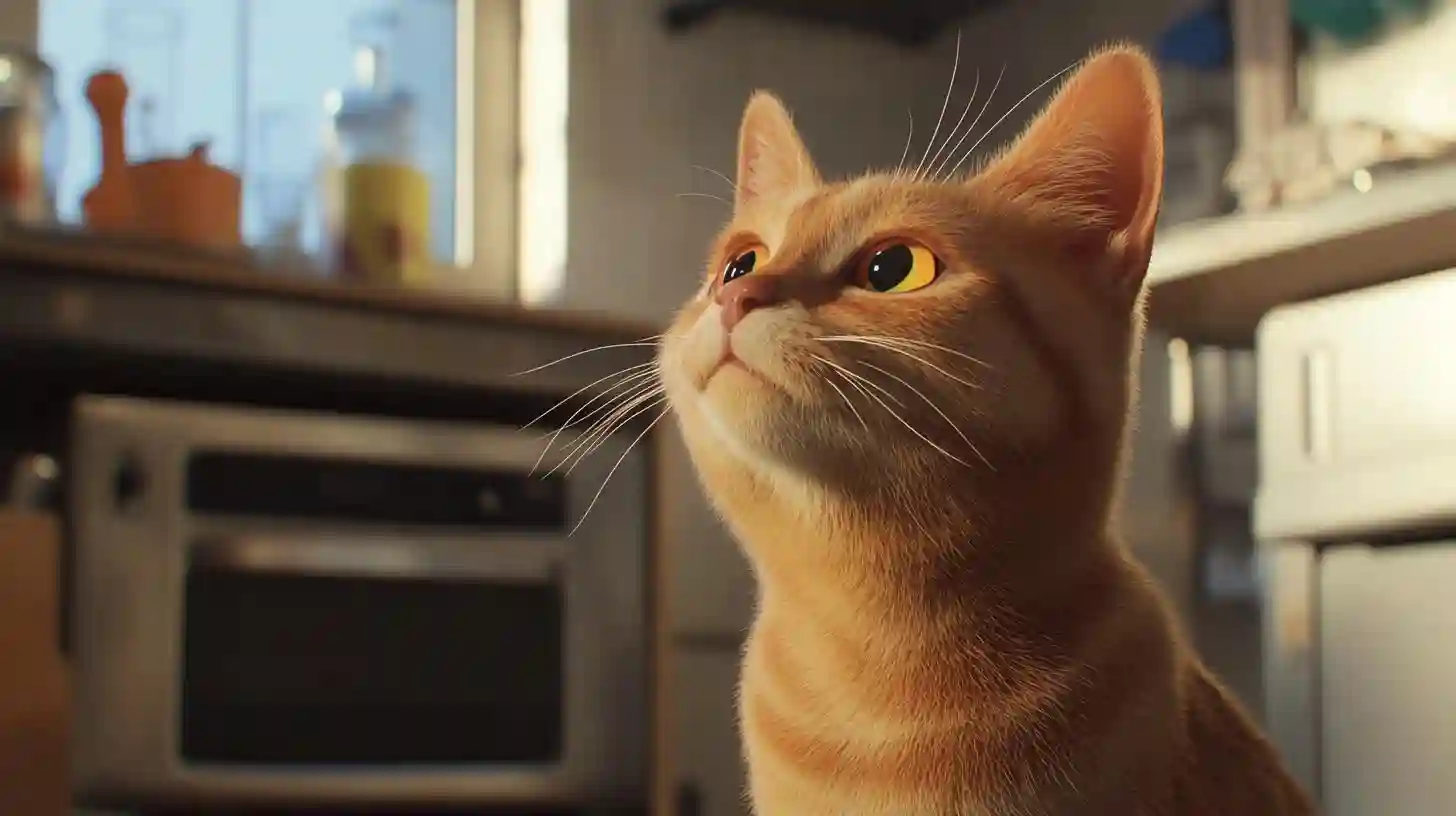
Understanding your cat's behavior is a fascinating journey into feline communication, and one of the most expressive aspects of a cat's body language is its ear movement. Cats have uniquely designed ears that are not only beautiful but also highly functional, enabling them to communicate their feelings and intentions. The complex movements of a cat’s ears can reveal a wealth of information about its emotional state, environmental awareness, and social interactions.
Cats possess a remarkable range of hearing. Their ears can rotate independently up to three hundred sixty degrees, allowing them to hone in on sounds from various directions without moving their heads. This anatomical feature is not only practical for hunting but also plays a significant role in how they express themselves. An ear that flicks or turns toward a noise indicates curiosity or interest, while ears that rotate away may signify disinterest or a desire to disengage from stimuli.
When cats are feeling confident and relaxed, their ears are often pointed forward and upright, signaling that they are alert and engaged with their surroundings. This position suggests that they are in a calm state, ready to explore or interact. Conversely, ears that flatten against the head can indicate a range of emotions, including fear, aggression, or submission. A cat that feels threatened is likely to press its ears back in an effort to become less exposed while asserting its presence. This flattening can also serve as a defensive posture in situations where the cat feels cornered or stressed.
Additionally, when a cat's ears shift to the side, it might be feeling playful or slightly unsure. This position can denote a state of consciousness where the cat is weighing its options, possibly preparing to engage in play or assess a situation before making a decision. Observing these nuanced ear movements can provide insight into your cat’s state of mind, allowing you to respond appropriately to its needs and feelings.
The context in which ear movements occur is also valuable in understanding a cat’s communication. For example, if a cat is at the veterinarian’s office and its ears are pinned back against its head, it is usually a clear indication of anxiety or discomfort. In contrast, during playtime with a favorite toy, ears that are perked up, accompanied by rapid movements, indicate excitement and happiness. This playful state can be further emphasized by the sound of purring, a vocalization often present when cats are content.
Cats are highly social animals, and their ear movements can also reflect their interactions with other pets or humans. When introducing a new cat into the household, observing each cat’s ears can provide clues regarding their comfort levels. Ears pointing forward can signify curiosity and a willingness to engage, while ears pointed back may indicate uncertainty or potential aggression.
Moreover, a cat's ear gestures in social contexts can establish hierarchies or signal submission. For instance, a cat that recognizes a dominant feline in its vicinity may flatten its ears while maintaining a non-threatening posture. This non-verbal communication helps mitigate potential conflicts, which is significant in multi-cat households or cat colonies.
Understanding the subtleties of ear movements also aids in identifying when to give your cat space. If your cat's ears are flicking back and forth while staring at a passing dog or a loud noise, it may be feeling overwhelmed. Providing a safe, quiet area for your cat to retreat to can help reduce stress. Taking the time to learn and interpret these signals ensures that you are creating a nurturing environment for your feline friend.
In the realm of feline behavior, ear movements are a crucial part of communication. By paying close attention to your cat's ears, you can decode a myriad of emotions, from joy and curiosity to fear and aggression. These insights foster a deeper bond between you and your cat, promoting a harmonious living environment where your pet feels understood and valued.
Your cat's ears are not just an elegant feature but a window into its emotional world. Each flick, rotation, and position tells a story about what your cat is experiencing in its environment and how it relates to you and the other beings around it. Observing and interpreting these movements with care can significantly enhance your knowledge of feline behavior.